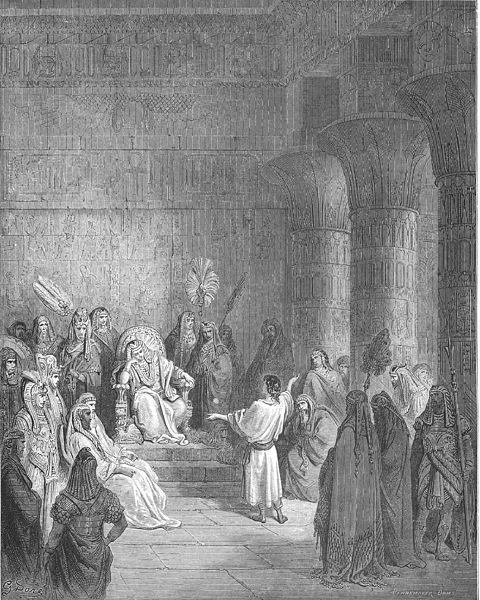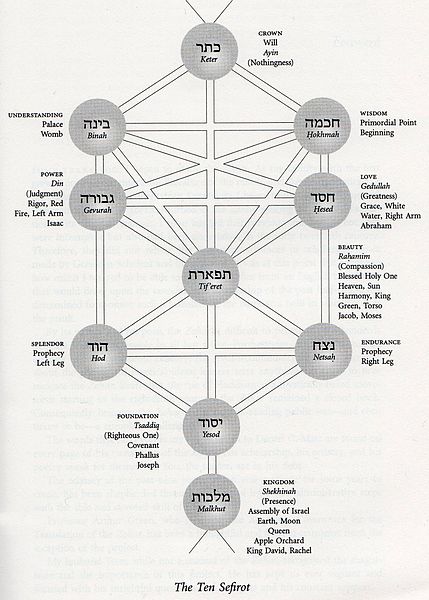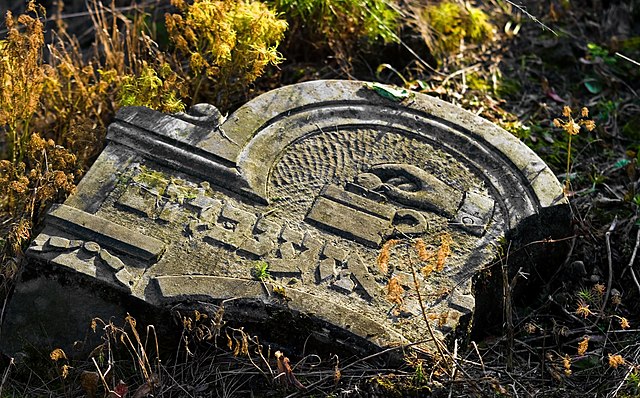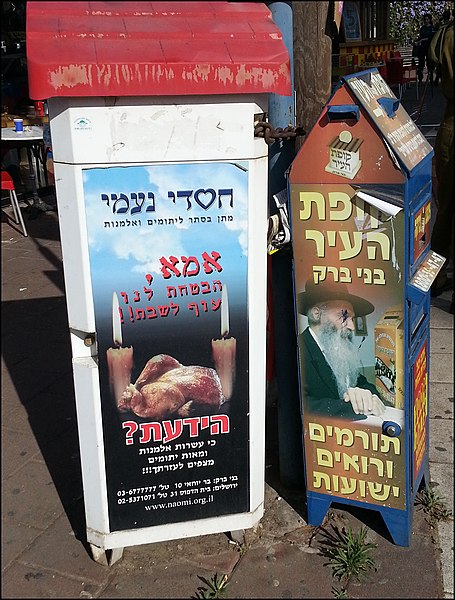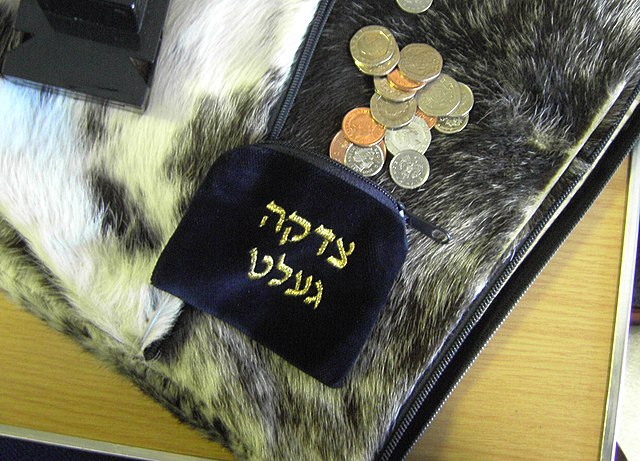Tzadik is a title in Judaism given to people considered righteous, such as biblical figures and later spiritual masters. The root of the word ṣadiq, is ṣ-d-q, which means "justice" or "righteousness". When applied to a righteous woman, the term is inflected as tzadika/tzaddikot.
Joseph interprets Pharaoh's Dream (Genesis 41:15–41). Of the biblical figures in Judaism, Joseph is customarily called the Tzadik.
Moses speaks to the children of Israel
Correspondences; Yesod-Foundation: 9th sefirah, Tzadik, Covenant, channels Heaven to 10th sefirah: Kingship, Earth, Shekhinah, Israelites.
The Hasidic development of the tzadik combined the former roles of private mystic and social Maggid into communal mystical leadership. Hasidic thought internalised the Ayin-Yesh Heavenly duality of Kabbalah into a complete paradigm for Deveikut perception of Divine Omnipresence. The Hasidic tzadik embodied this as a channel for the Divine flow.[citation needed]
Tzedakah is a Hebrew word meaning "righteousness", but commonly used to signify charity. This concept of "charity" differs from the modern Western understanding of "charity". The latter is typically understood as a spontaneous act of goodwill and a marker of generosity; tzedakah is an ethical obligation, and it is not properly "charity", like in Christiandom, but a way to empower poor people to support themselves, helping them in developing their talents and skills.
Tzedakah box (Pushke), Charleston, 1820, silver, National Museum of American Jewish History
Tzedakah motif on a Jewish gravestone. Jewish cemetery in Otwock (Karczew-Anielin).
Puskhes in Bnei Brak, Israel
Tzedakah pouch and coins on fur-like padding

